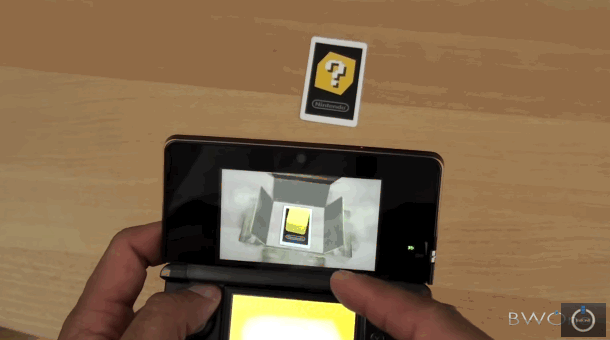Typing on physical buttons is so passé. In the future, you might just wave your fingers over a virtual display to get the job done.
NEC Corporation, a Japanese tech company, late last week announced it's developing a new interface that displays on a person's forearm and allows typing on virtual keyboards and pressing other digital "buttons."
The interface, called ARmKeypad, is based on special glasses and a smart watch, as the Wall Street Journal noted Friday. The glasses allow users to see the keyboard on their arm, while the watch detects "the timing of keystrokes," the Journal reported.
The idea is essentially to help workers out: If you're managing a warehouse, you'll be able to track your inventory without hauling an unwieldy device around, for example. Imagine also a doctor working with a patient who can access information at a glance without juggling a tablet, say.
Basically, we're getting a bit closer to the arm units in "Mass Effect," a sci-fi game set in the 22nd century:

Pretty cool, huh?
Of course, NEC's interface is far from the first example we've seen of "augmented reality" -- a term that refers to interactive elements projected into the "real world" via specific devices and software.
Consider Microsoft's upcoming "Hololens," for example. It's a headset that allows users to see "holograms" displayed in the real world.
Even Nintendo's in on augmented reality. Its 3DS handheld allows users to play games that incorporate the real world via the device's two cameras, as this YouTube video shows. When the handheld's cameras are pointed at a certain card, it transforms the table into a game board -- you can't really tell in the GIF below, but the 3DS screen displays the table and card in 3D, creating an immersive experience:

All this to say: Get ready -- more augmented reality is coming. NEC expects its device to launch in 2016.
